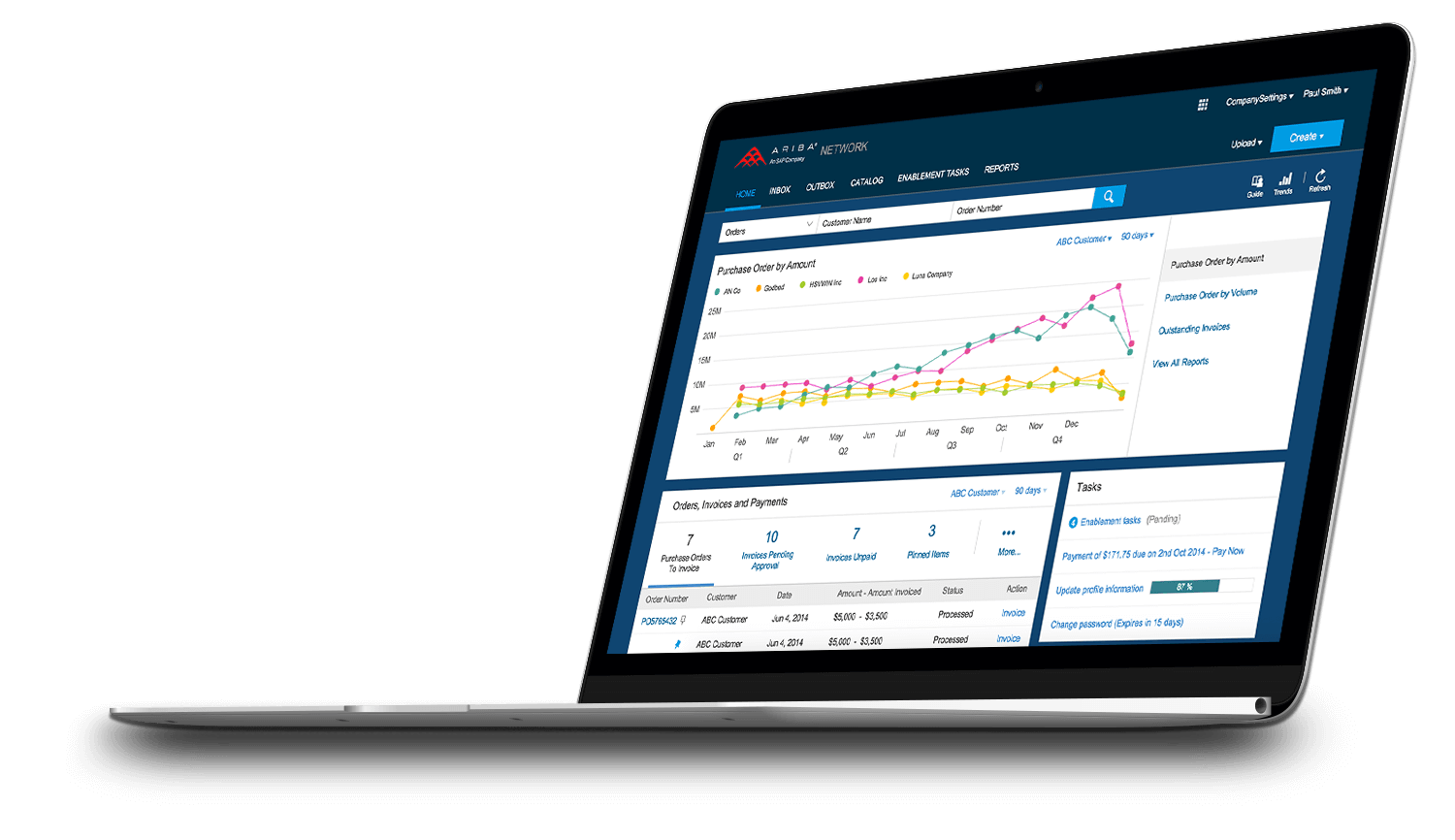
The last line of the certificate must be the following text:

The first line of the certificate must be the following text:

Now extract the PEM certificate from the keystore that can be implemented into the Ariba UI for the endpoint authentication.It is a Java keystore that contains my new certificate and the public and private keys. Step 1b created a keystore file named: keystore.jks.Keytool -genkey -keyalg RSA -alias selfsigned -keystore keystore.jks -storepass password -validity 360 -keysize 2048 Run the following command to generate a keystore (in Windows) - Replace password with an actual password you want to use:.Open your command prompt and change the directory to your machine's Java install bin directory.If you do not have one from a valid Certificate Authority, you can generate a self-signed keystore/certificate by doing the following:

Use a keystore along with a X.509 certificate encoded using Privacy Enhanced Mail (PEM) base64-encoding.


 0 kommentar(er)
0 kommentar(er)
